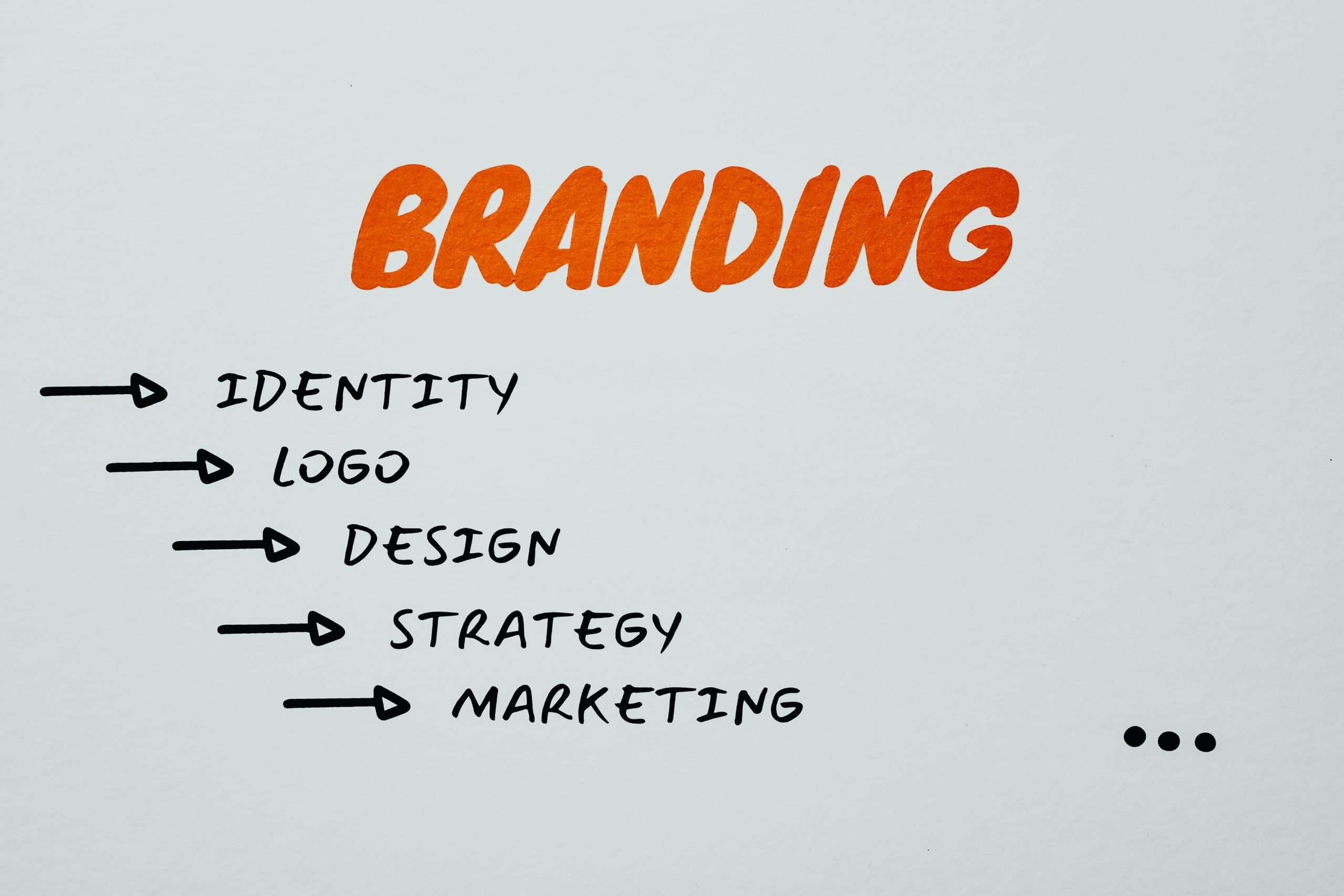
How to Get the Branding Right for Your Business
How to Get the Branding Right for Your Business In today’s competitive business landscape, effective branding has become essential for the success and growth of any company. A strong brand identity not only sets your business apart from competitors but also helps build customer trust and loyalty. However, getting the branding right can be a daunting task, requiring careful planning and execution. In this article, we will explore key strategies and steps to help you establish a compelling brand that resonates with your target audience and drives business growth.
How to Get the Branding Right for Your Business What Happens When A Brand Is Weak?
When a brand is weak, it faces several challenges that can hinder its growth and success. Here are some common consequences of having a weak brand:
How to Get the Branding Right for Your Business,Lack of Differentiation
A weak brand struggles to stand out from its competitors. Without a distinct identity or unique selling proposition, it becomes challenging to attract and retain customers. Consumers may perceive the brand as interchangeable with other similar offerings, making it difficult to command premium pricing or build customer loyalty.
Low Brand Recognition
Weak brands often suffer from low visibility and limited brand recognition. When consumers are unfamiliar with a brand or cannot recall its name or logo, it becomes challenging to generate interest and drive sales. Brand recognition is crucial for building trust and credibility, as customers are more likely to choose a brand they recognize over an unknown entity.
Inconsistent Brand Messaging
Weak brands often lack a consistent and coherent brand message. Inconsistencies in communication confuse customers and dilute the brand’s identity. When the messaging is unclear or contradictory, it becomes difficult to establish a strong brand image and convey the brand’s value proposition effectively.
Difficulty in Attracting Talent
Brands with weak reputations often struggle to attract top talent. A weak brand image can make it challenging to recruit skilled employees who are looking for opportunities with reputable and respected organizations. This can hinder the brand’s ability to innovate, provide excellent customer service, and drive overall business performance.
Vulnerability to Competitive Pressure
A weak brand is more susceptible to competitive pressure. Competitors with stronger brands and a better market presence can easily overshadow and outperform weak brands in terms of customer acquisition, market share, and customer loyalty. This puts the weak brand at a disadvantage and limits its ability to grow and expand.
Difficulty in Commanding Premium Pricing
Weak brands often find it challenging to charge premium prices for their products or services. Without a compelling brand image and a perceived value proposition, customers may be less willing to pay higher prices. This can impact profitability and limit the brand’s ability to invest in product development, marketing, and other growth initiatives.
Negative Brand Associations
A weak brand may be associated with negative perceptions or experiences. Whether due to poor customer service, product quality issues, or inconsistent messaging, negative brand associations can damage the brand’s reputation and erode customer trust. Overcoming negative brand associations requires significant effort and resources.
Limited Growth Opportunities
Ultimately, a weak brand faces limitations in terms of growth opportunities. It may struggle to expand into new markets, introduce new products or services, or attract new customer segments. The weak brand’s lack of differentiation and market presence can hinder its ability to seize growth opportunities and compete effectively.

Define Your Brand
Before embarking on any branding efforts, it’s crucial to define your brand’s identity. Start by clearly identifying your business’s mission, values, and unique selling proposition (USP). What makes your business different? What do you want customers to associate with your brand? Conduct market research to understand your target audience’s needs, preferences, and perceptions.
This knowledge will serve as the foundation for crafting a powerful brand message. Many organisations find it helpful to bring in a branding design agency to help them with this critical stage of the process.
Develop a Distinctive Visual Identity
Your brand’s visual identity includes elements such as logos, color schemes, typography, and imagery. These elements should align with your brand’s personality and evoke the desired emotional response from your audience. Invest in professional logo design and create style guidelines that ensure consistency across all marketing materials and touchpoints. A visually cohesive and memorable brand identity helps establish brand recognition and builds trust over time.
Craft a Compelling Brand Story
Storytelling is a powerful tool for connecting with customers on an emotional level. Develop a compelling brand story that communicates your business’s purpose and resonates with your target audience. Your brand story should reflect your values, highlight your journey, and showcase how your products or services solve customer problems or fulfill their aspirations. Authentic and relatable stories create a strong brand connection and foster loyalty.
Consistency Across Channels
Consistency is key when it comes to branding. Ensure that your brand’s messaging, visuals, and tone of voice are consistent across all communication channels, including your website, social media, advertising, packaging, and customer interactions. Consistency builds brand trust and reinforces your brand’s identity in the minds of your audience.
Deliver an Exceptional Customer Experience
Branding goes beyond visual elements; it encompasses the entire customer experience. Aim to deliver exceptional customer service and ensure that every interaction with your brand reflects your values and promises. Consistently meeting or exceeding customer expectations builds a positive brand reputation and encourages word-of-mouth referrals, which are invaluable for business growth.
Engage and Build a Community
Today’s consumers seek authentic connections with brands. Actively engage with your audience through social media, email marketing, content creation, and community-building initiatives. Encourage user-generated content and respond promptly to customer feedback. Building a community around your brand fosters loyalty and creates brand advocates who can amplify your message.
Adapt and Evolve
Branding is not a one-time endeavor; it requires continuous evaluation and evolution. Regularly monitor market trends, customer feedback, and competitor activities. Stay agile and be willing to adapt your branding strategy to align with changing consumer preferences and market dynamics. A brand that evolves with time maintains its relevance and stays ahead of the competition.
Conclusion
Getting the branding right is a fundamental aspect of building a successful business. By defining your brand, you can establish a powerful and enduring presence that resonates with your target audience and drives business growth.
Remember, building a brand is a long-term investment, and the effort you put into it will pay dividends in the form of increased brand recognition, customer loyalty, and sustainable success.
